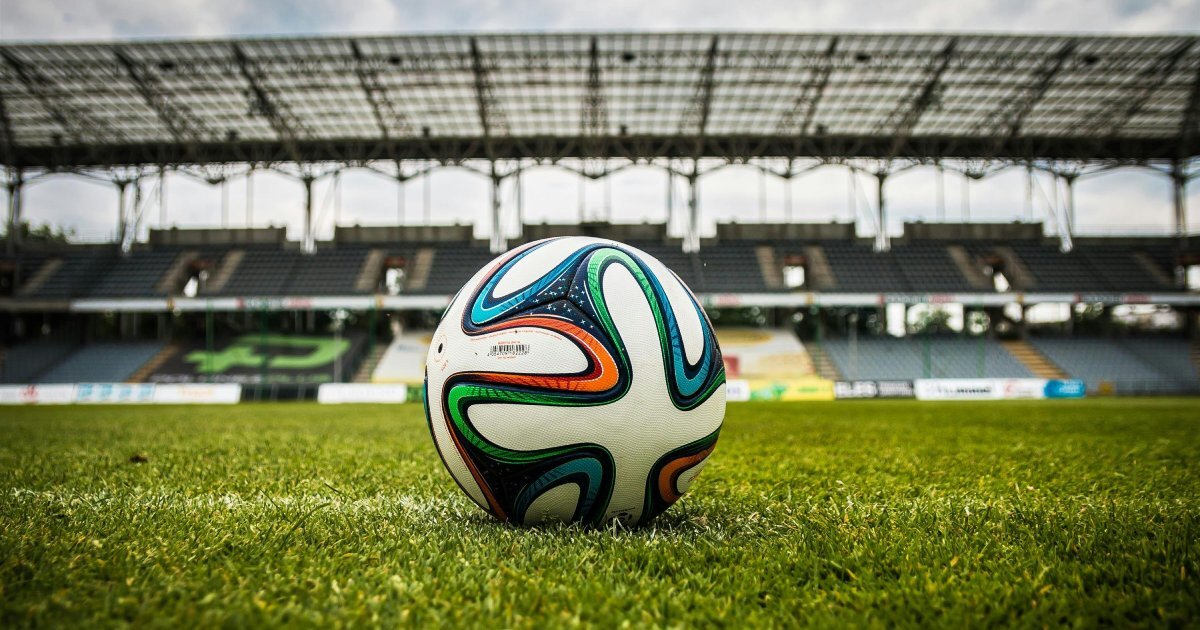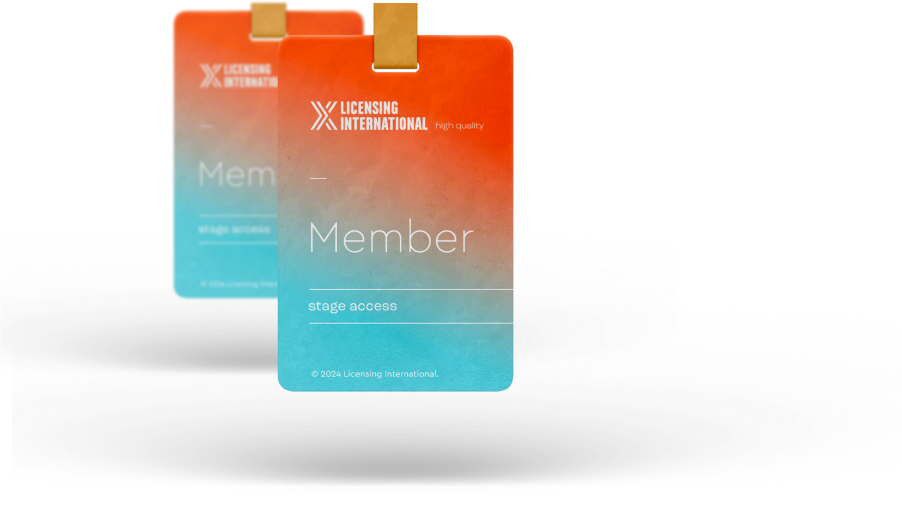Licensing Kicks Off for the FIFA World Cup

By Mark Seavy
With invitations to bid for the media rights for FIFA World Cup 26 set to close Tuesday, a licensing whirlwind is poised to kick off around soccer’s quadrennial event.
For the most part, licensed products tied to the tournament (which will be spread across 16 cities in Canada, Mexico, and the U.S.) will start hitting brick-and-mortar retail and online late this year.
Industry experts once again anticipate the World Cup will result in a rise in the sport’s popularity, though it remains to be seen how much that engagement will spill over to licensed goods for other leagues like Major League Soccer and the National Women’s Soccer League (NWSL).
In most cases, leagues like the UK’s Premier League, Germany’s Bundesliga, and Spain’s LaLiga have well established licensing programs both for individual teams and for the leagues themselves. But the FIFA World Cup carries a profile like no other for soccer.
Soccer-related merchandise, for example, is forecast to hit $6.83 billion in sales this year and increase 2% annually to reach $7.4 billion by 2029, according to the research firm Statista. During the World Cup years, however, there’s typically a sharp rise in related merchandise. Licensing rights revenue hit $270 million in 2022 when the Men’s World Cup was in Qatar, a 50% increase from the previous year and up from $184.5 million in 2018 when the World Cup was in Russia. And while the tournament occurs over a short period of time, branding for the 2026 event was unveiled in 2023 and a 32-team FIFA Club World Cup is slated for June as a prelude to the main event next year.
“Overall, soccer merchandise has shown minimal growth in the global soccer market due to fluctuating consumer demand and economic instability,” Statista reported. “But the global rise in the popularity of soccer has led to an increase in demand for authentic and exclusive soccer merchandise. There also has been a growing trend towards sustainable and eco-friendly products in the soccer merchandise market as consumers become more conscious about their environmental impact.”
Licensees we polled are going deep with World Cup 2026 merchandise given that the tournament is taking place in North America, and the event has expanded to 48 teams and 80 matches (up from the previous 32 and 74, respectively).
Licensee Outerstuff’s World Cup product catalogue includes headwear, hoodies, outerwear, and other apparel. It was displayed at the recent Sports Licensing and Tailgate Show in Las Vegas and totals 400 pages with multiple designs for each country, company officials said. Outerstuff is also a licensee for the NWSL, which was formed in 2012, but only began expanding in licensing recently. And apparel company American Roots signed an agreement with 14 players from the NWSL Players Association for crew neck sweatshirts, zip up jackets, t-shirts, and hoodies last fall.
“Sales of World Cup merchandise is a very tight window of time and fan interest in it may only last as long as the tournament does,” a sports licensing executive said. “But it will bring more eyeballs to soccer, and it is a nice opportunity for the various leagues to grow [merchandise sales] on the back of the tournament. Whether that results in an increase in sales of licensed soccer merchandise over the long term remains to be seen.”




